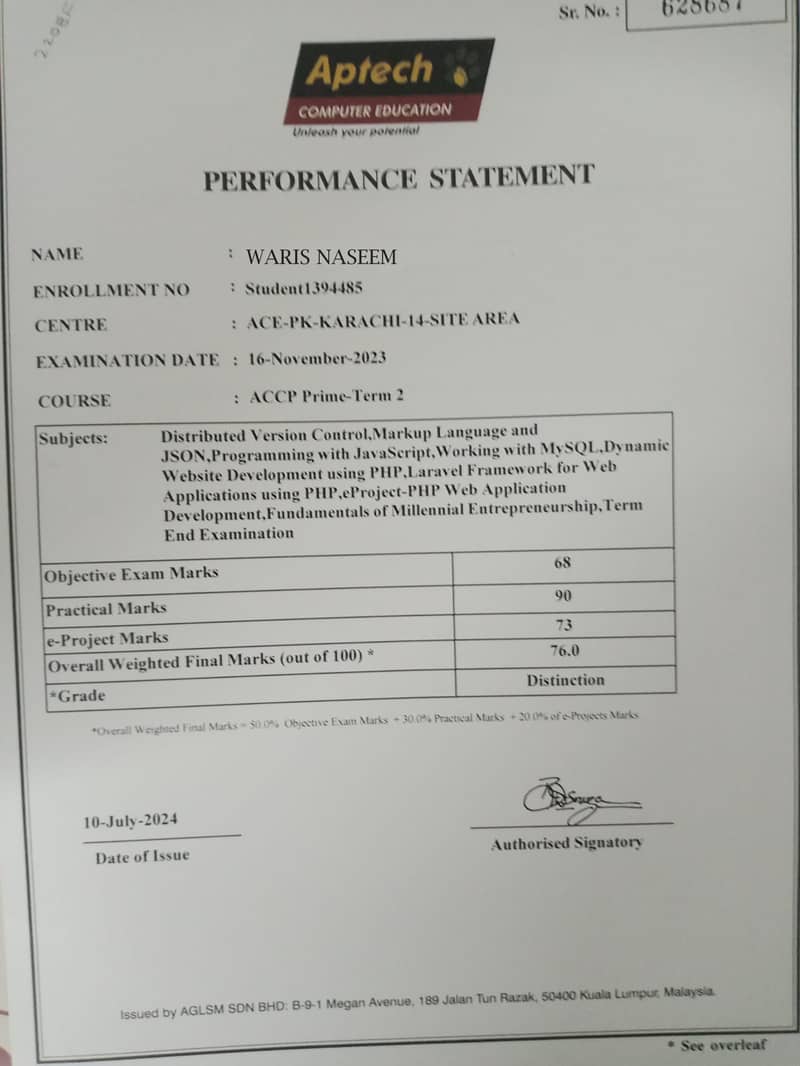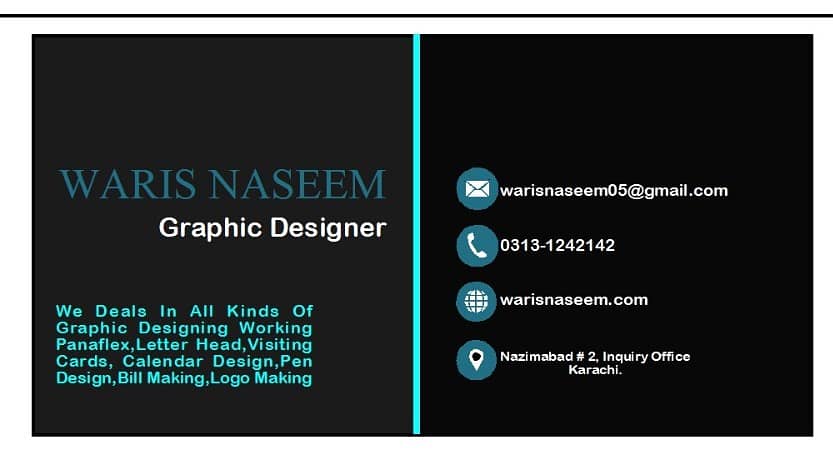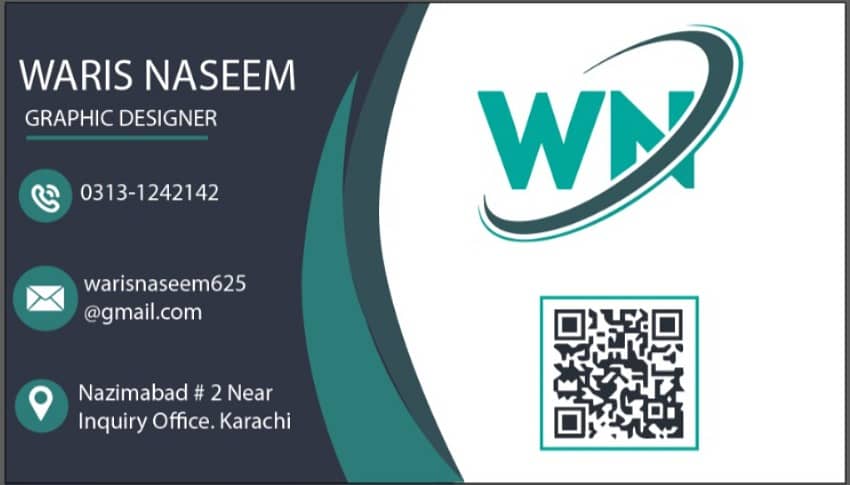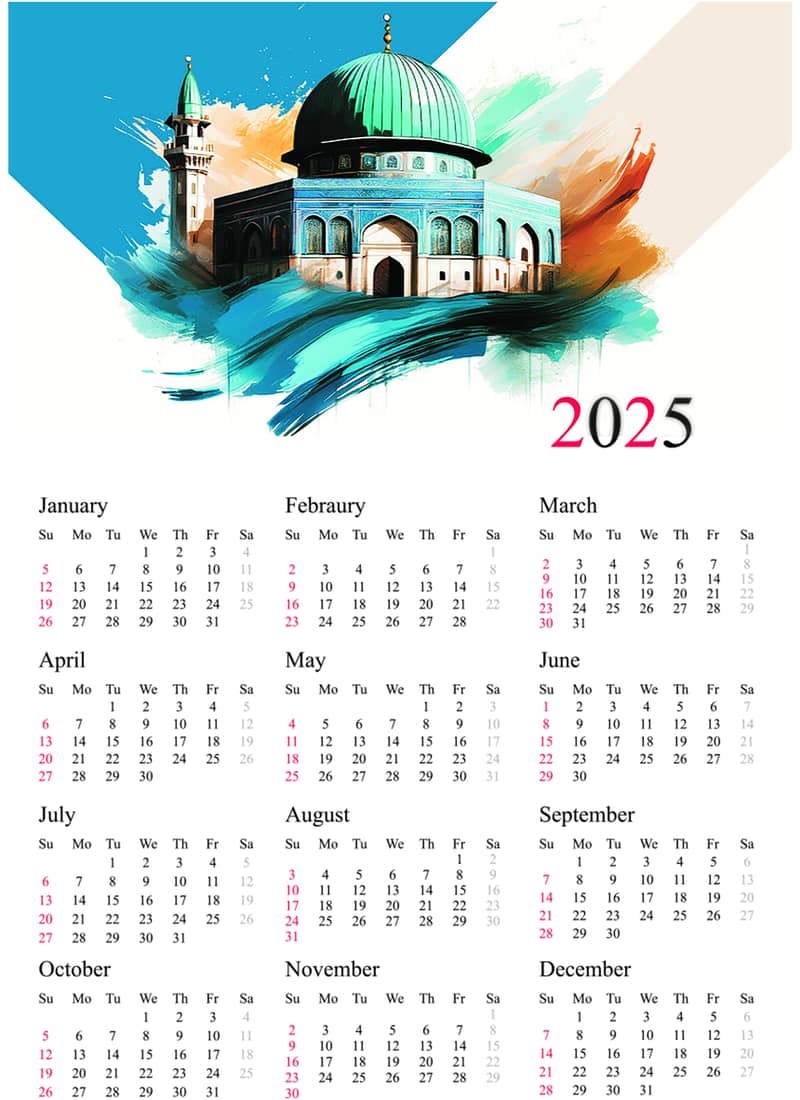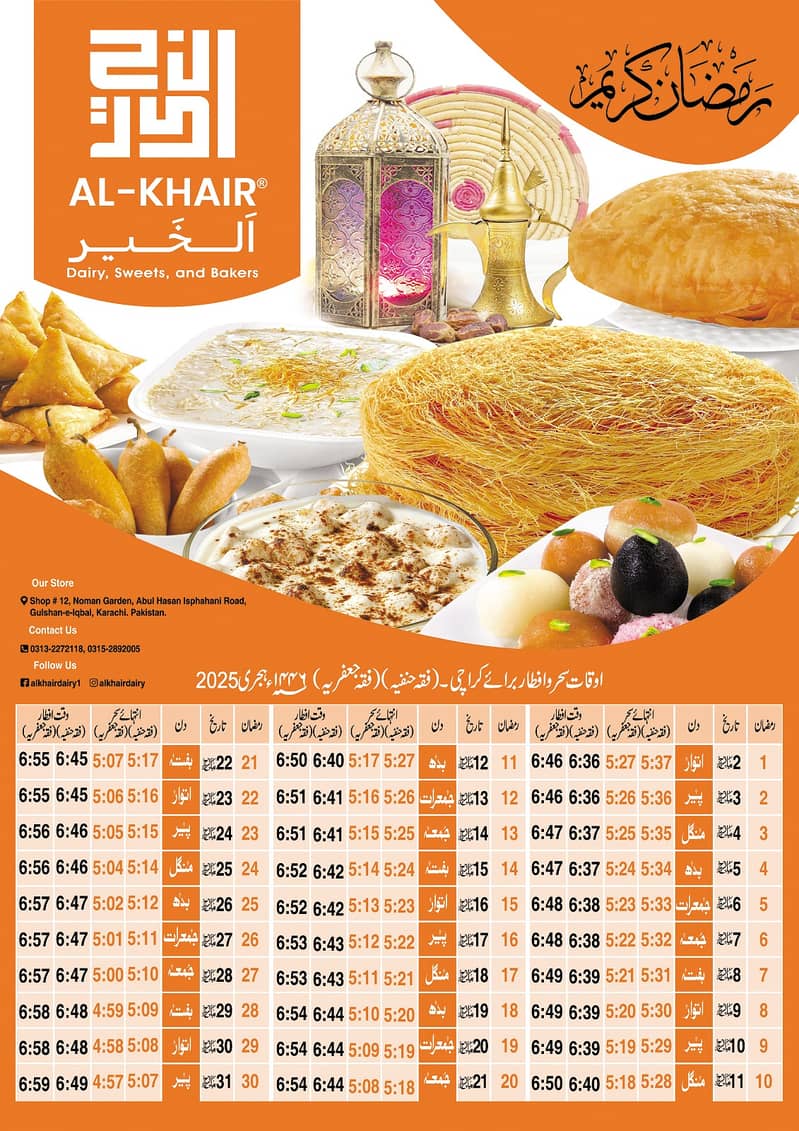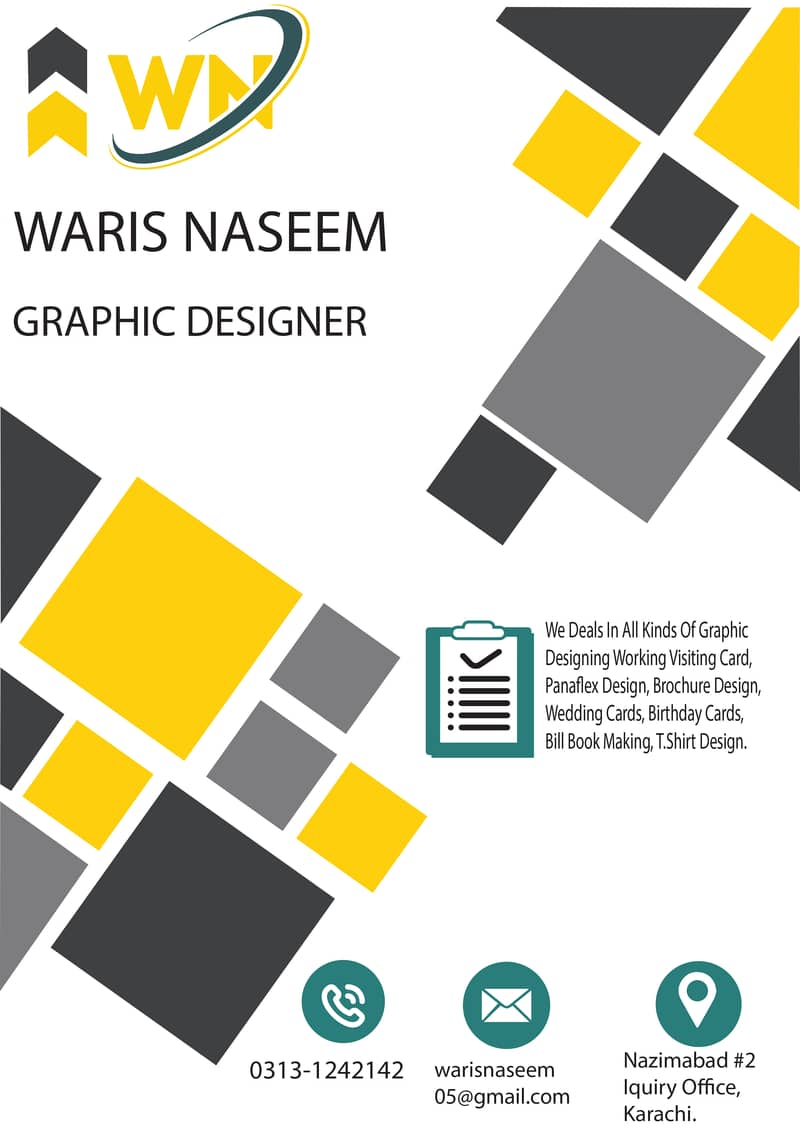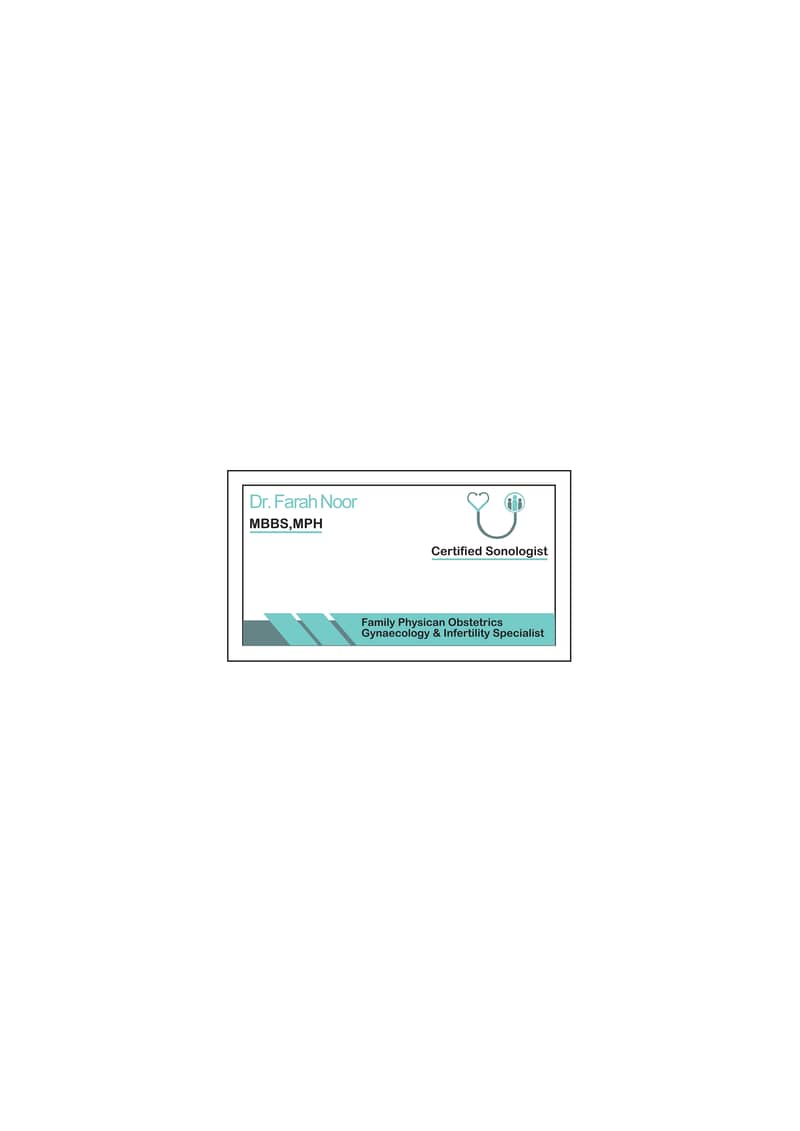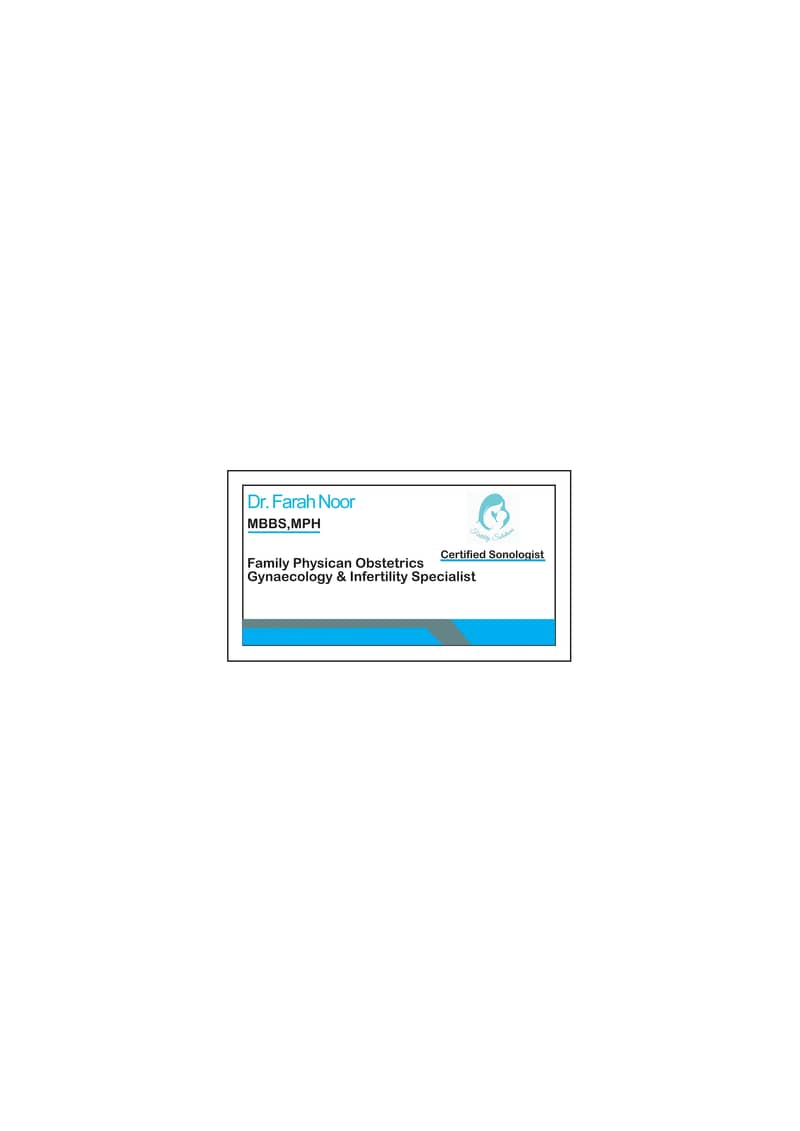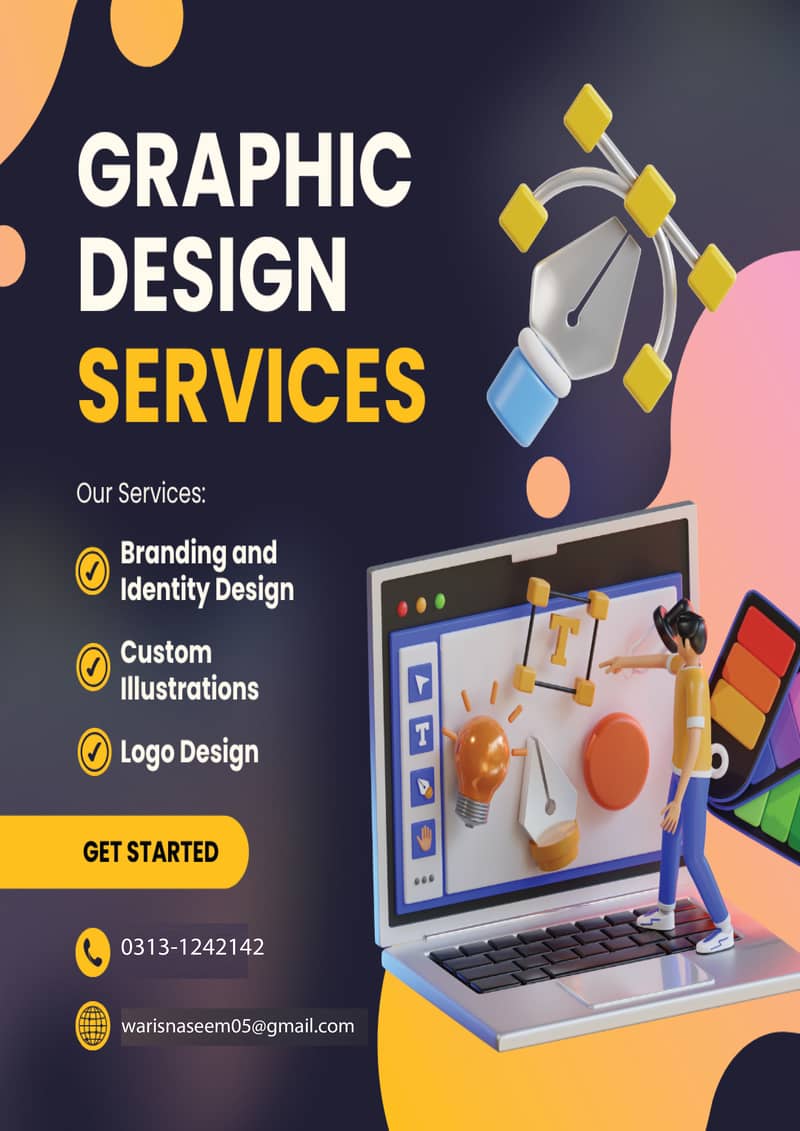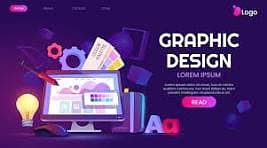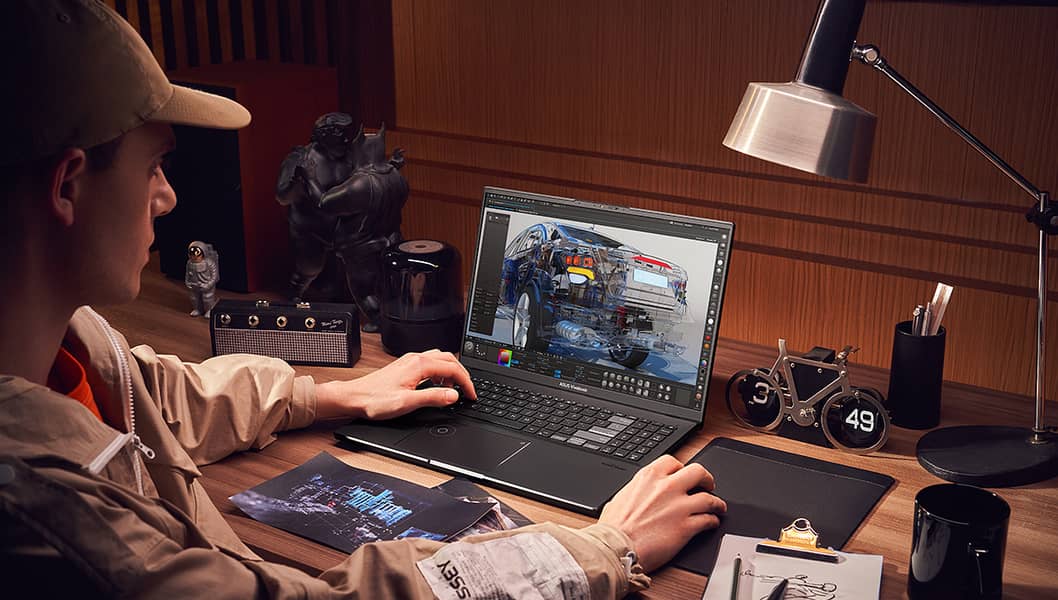1 / 16
Details
Hiring Person/CompanyHiring as Individual
Company NameWARIS Designer Developer
Type of AdJob Offer
Career LevelExecutive
Salary PeriodHourly
Position TypeFull-time
Description
A "web developer front and backend" (also called a "full-stack developer") is a programmer proficient in both the visible user interface elements of a website (front-end) and the server-side logic and database management that operates behind the scenes (back-end), essentially meaning they can build a complete web application from design to functionality, handling both what users see and how the website functions on the server.
Key points about front-end and back-end development:
Front-end development:
Focuses on the user interface (UI) elements like design, layout, buttons, text, images, and interactions that users directly see and interact with on a website.
Primary languages used: HTML, CSS, JavaScript.
Key skills: User experience (UX) design, responsive design, JavaScript frameworks (React, Vue, Angular).
Back-end development:
Deals with the server-side logic, data storage, and processing that happens behind the scenes, including database management, server configuration, and API integration.
Languages commonly used: Python, Java, PHP, Ruby, Node. js
Key skills: Database management (SQL), server administration, API development, security protocols.
What a full-stack developer does:
Design and build both the visual user interface and the underlying server-side functionality of a web application .
Collaborate with designers and other developers to translate design concepts into functional code
Write code for both front-end and back-end components, ensuring smooth communication between them
Manage data storage and retrieval from databases
Optimize website performance for speed and scalability
Implement security measures to protect user data. . .
A"Graphic Designer working 24-hour shifts" refers to a professional who is dedicated to creating visual designs across a full 24-hour period, often due to tight deadlines or high-volume project demands, requiring them to work continuously without breaks to meet urgent design needs, utilizing design software like Adobe Photoshop, Illustrator, and InDesign to produce various graphics like logos, advertisements, website layouts, and marketing materials throughout the day and night. Key points about a 24-hour graphic designer: Fast-Paced Environment: Due to the demanding schedule, they must be highly efficient and adaptable to rapidly changing Working requirements. High Pressure Situations: They may face intense pressure to deliver high-quality designs under tight deadlines, especially in time-sensitive situations. Client Collaboration: Even during extended hours, they may need to collaborate with clients, providing updates and responding to feedback promptly. Strong Time Management: Excellent time management skills are crucial to prioritize tasks and effectively manage multiple Working within a 24-hour. Typical responsibilities might include Extended Work Hours: They work around the Visiting Cards, Panaflex Design, T shirt Design, Wedding Cards, Birthday Cards, Brochure Design, Calendar Design, potentially managing multiple projects simultaneously, often requiring shifts that span beyond standard working hours. Developing visual concepts for various marketing materials like print ads, social media graphics, website banners, and packaging designs. Creating and refining logos, branding elements, and design guidelines Adapting designs across different media platforms, ensuring consistency in brand identity Collaborating with other creative teams like copywriters and marketing professionals Presenting design concepts to clients and incorporating feedback efficiently. Important considerations: Working 24-hour shifts can lead to exhaustion and burnout if not managed carefully with adequate rest periods. Such a demanding schedule Contact Me: +92 (View phone number), whatsapp number:(View phone number).
Listed by private user
Warisnaseem Rajput
Member since Dec 2024
See profile
Location
Pakistan
Ad id 1098030694
Report this ad

